COLLECTABLE STORIES: LOVE IN THE TIME OF INFLATION
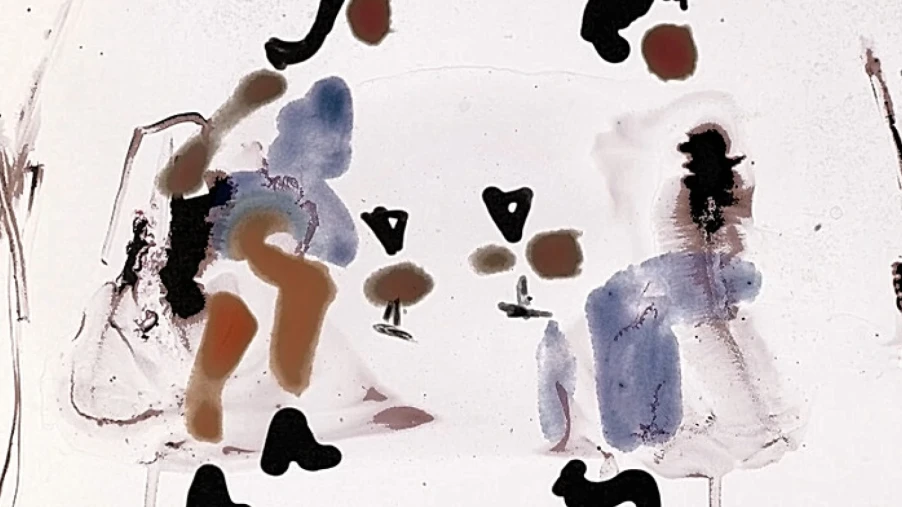
LOVE IN THE TIME OF INFLATION
Short Talk with Zuzanna Zofia Heller (director)
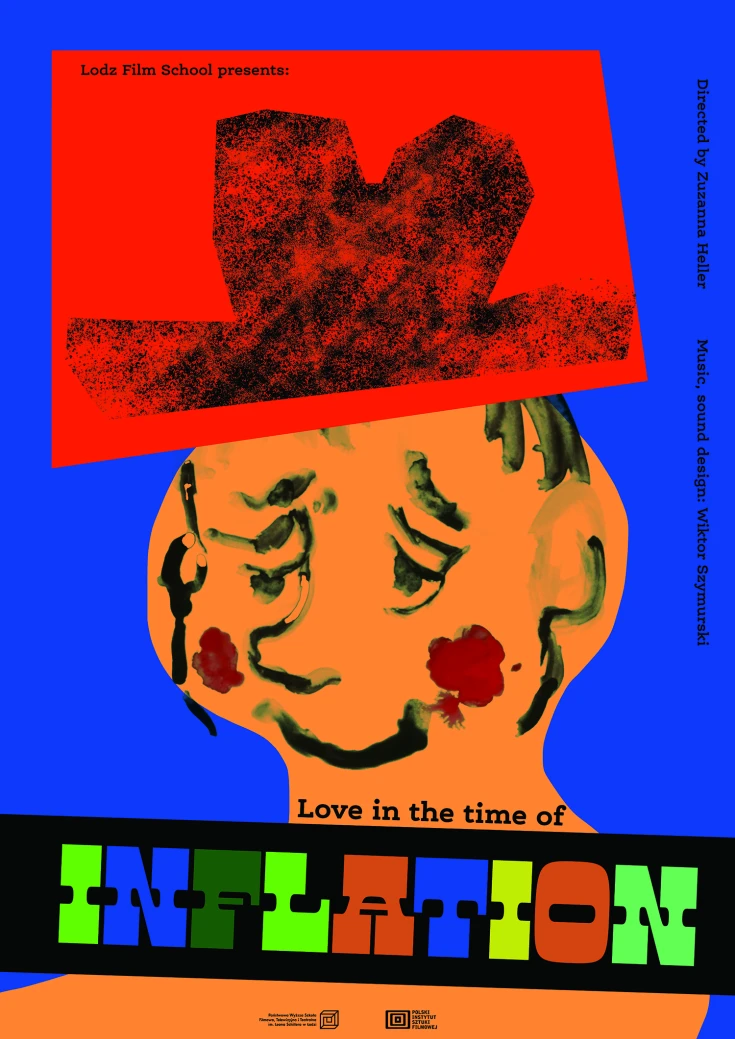
BEST SHORT STUDENT ANIMATION FILM Category
22nd IN THE PALACE International Short Film Festival 2025
Poland, Animation, Polish, 00:04:57, 2024
Synopsis: An expressive animated film painted on glass that tells the short story of a young woman in times of rampant inflation. During her daily shopping, she meets a young man with whom she quickly forms a romantic bond. Their relationship develops in a surreal reality where everyday objects and ingredients shrink in sync with inflation, symbolizing economic hardships. The film provokes reflection on the impact of economic conditions on interpersonal relationships.
Biography: Zuzanna Heller, a student of the Animated Films and Film Special Effects at the Polish National Film School in Lodz.
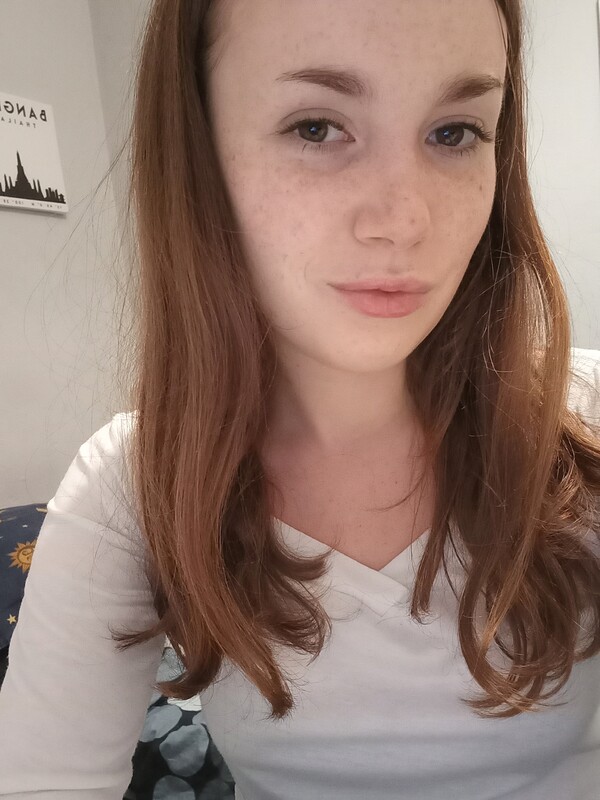 Zuzanna Heller, director
Zuzanna Heller, director
Evgenia Timova: Your film is quite abstract, and I noticed you used a mixed technique. At the beginning, we see real hands, are those your hands?
Zuzanna Heller: Yes, those are my hands.
Evgenia Timova: Later, though, the film continues in 2D, mainly using silhouettes. What was your goal in mixing those two mediums, and why include your hands at the beginning?
Zuzanna Heller: Well, the hands also disappear at the end, but there's a cash machine again, so it kind of connects back. I just wanted to separate the beginning and the end from the main story in the middle, maybe also to have a bit of fun with a different medium, with a different substance.
Evgenia Timova: And when you painted those scenes, because I assume you used brushes, was there any connection with using your fingers? Or did you paint directly with them at times?
Zuzanna Heller: Yeah, I used my fingers too. I use everything I can find, sticks, brushes, even metal tools to create different textures or waves in the paint. Especially when working with watercolors and ink on glass, fingers can sometimes be more effective. But no, I didn’t intentionally connect the use of physical fingers in the animation with the hands shown on screen, it just happened that way.
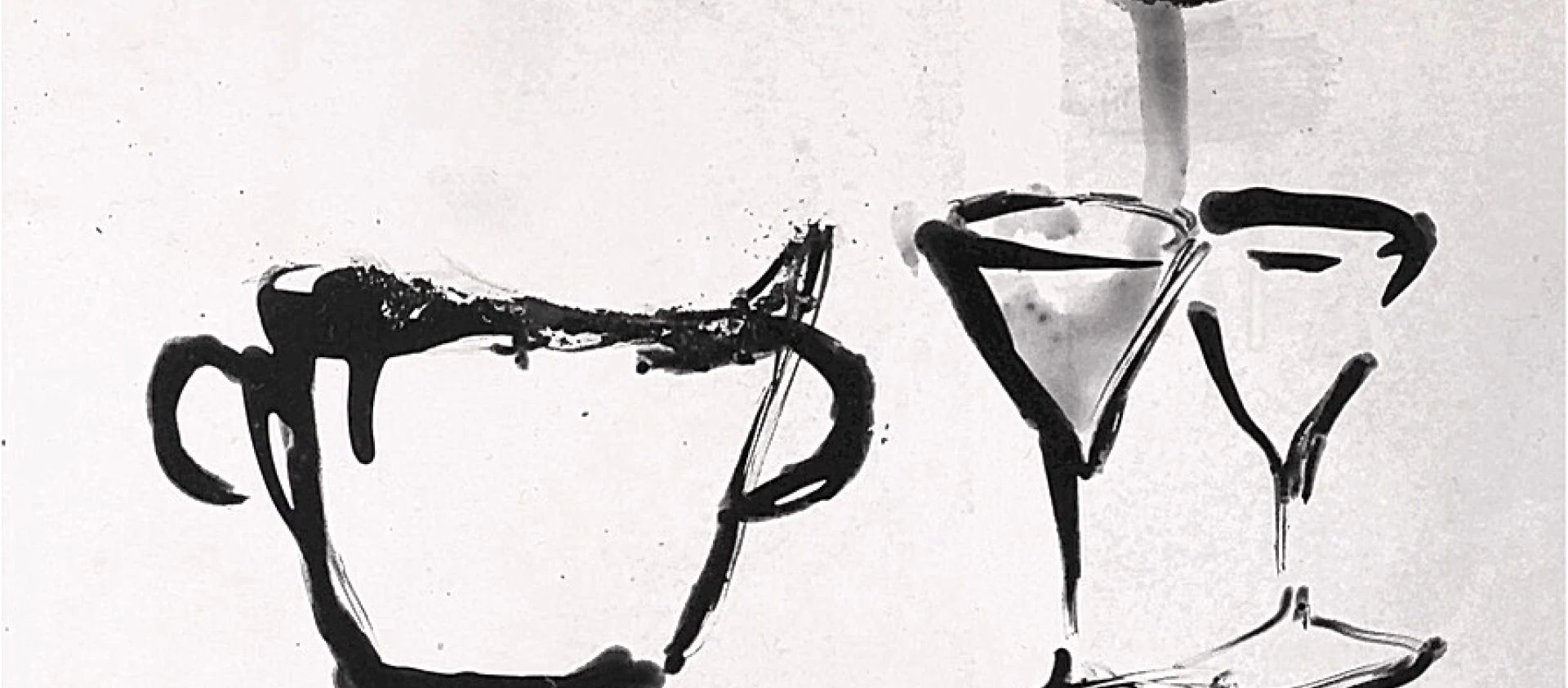
Evgenia Timova: I believe this is your debut, and it already feels like you’ve developed a strong, bold signature style. Do you plan to stick with it, or are you open to experimenting further?
Zuzanna Heller: Well, it’s not exactly my debut. This was a film from my first year of studies. Before that, I had done a few very short animations, nothing longer than a minute, but this was the first with a more complex plot. I really enjoyed working this way. Actually, my next film is also a painted animation. It’s super slow and honestly quite frustrating to make, but I love the effect. I love how the paint seems to dance, it’s very different from anything digital. And I really enjoy watching painted animation, so yes, I want to stick with that in the future.
Evgenia Timova: It definitely takes you back to the early days of animation, drawing on paper rather than 3D modeling. While working on this film, did you face any unexpected challenges when composing scenes? Did you ever worry it might be too abstract, or was that always the goal?
Zuzanna Heller: The most difficult part was using the multiplane technique, it was my first time trying that. But I tended to think of each frame like an illustration. I always looked for the simplest way to show what I had in mind, like using symbols. For example, when I show someone cutting broccoli, that’s all I need for the viewer to imagine the rest of the scene. It’s more like a graphic design mindset, I think, that’s what I studied before animation. I had an animatic and a storyboard, so in that sense, everything was planned.
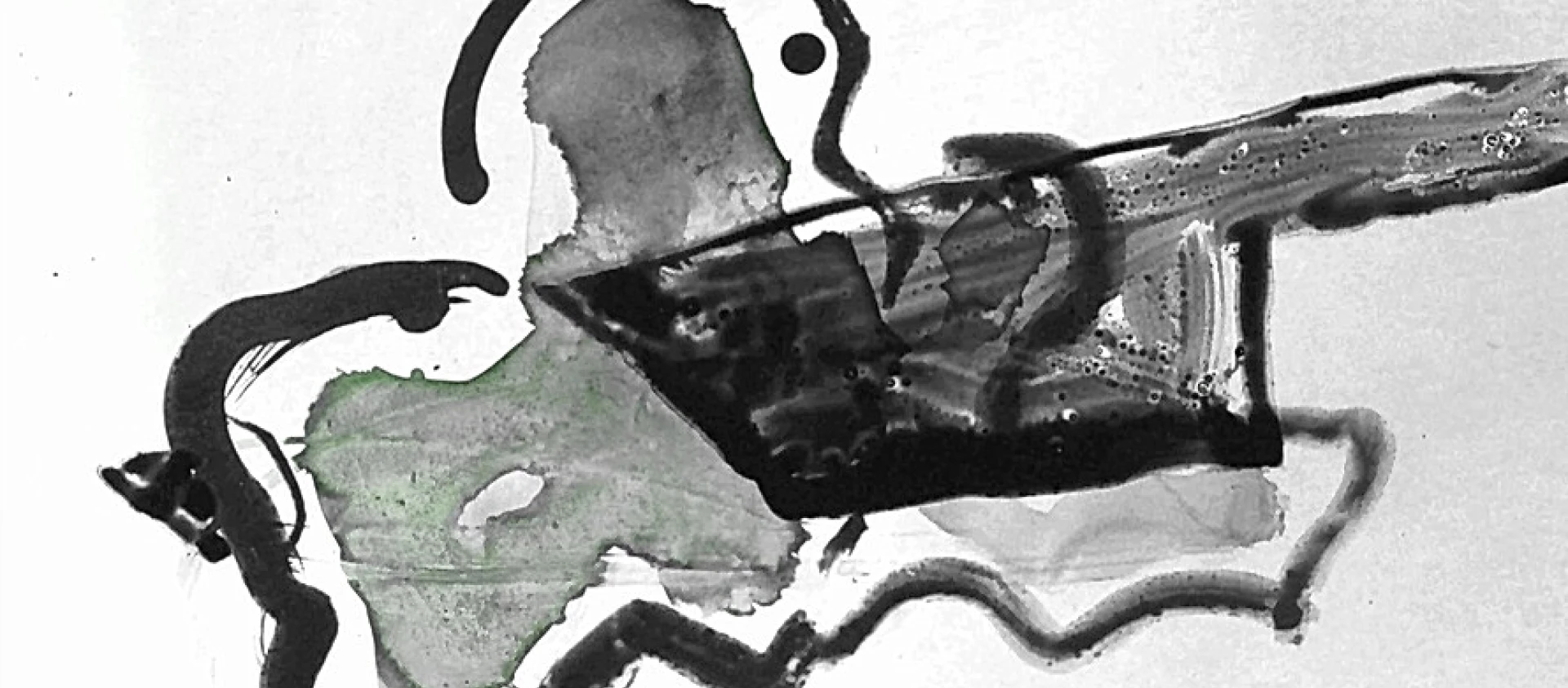
Evgenia Timova: That’s impressive, and it really stuck with me when you said you aim to say a lot through symbols. You use symbolism to explore a strong theme. Do you think this is something audiences everywhere can relate to? What motivated you to tell this story in this way?
Zuzanna Heller: There were a few motivations. One was very literal, inflation. It’s happening in Poland, and in other countries too. Every year, I go to the grocery store wanting to buy the same things, and every year, I can afford a little less. It’s frustrating.
I realized there aren’t many animations that talk about economic issues. At the same time, there are so many films about love about relationship problems, arguments, everyday situations. So I thought, why not combine the two? I wanted to tell a story about how the economy affects couples. Like, who's paying today? How do we deal with rising costs together? I didn’t feel like that topic had been explored enough yet.
Interviewer: Evgenia Timova
Editor: Martin Kudlac





